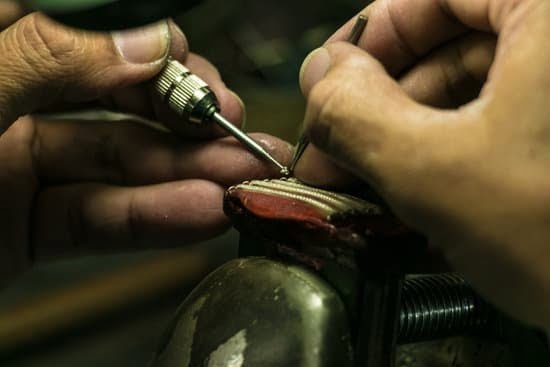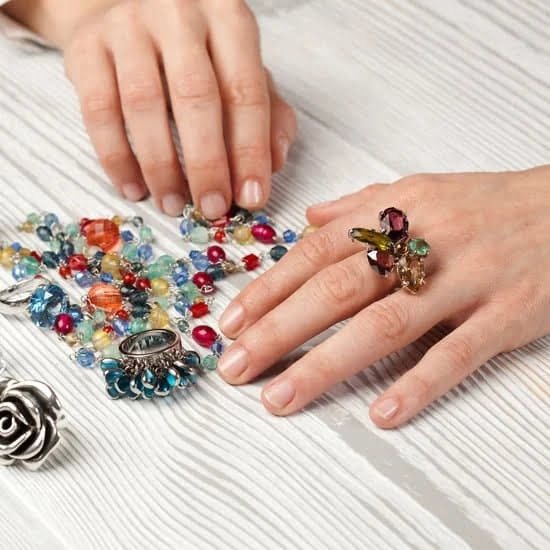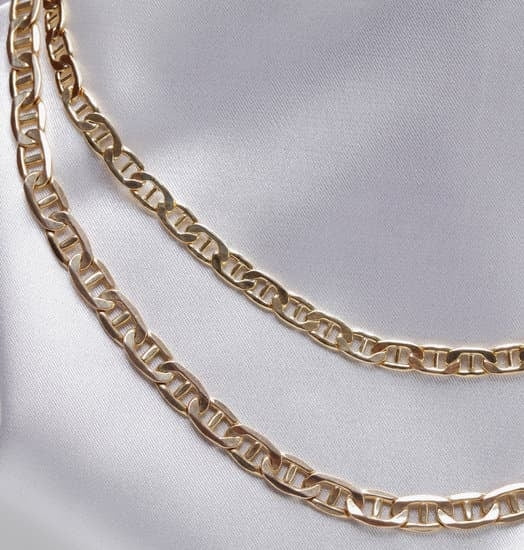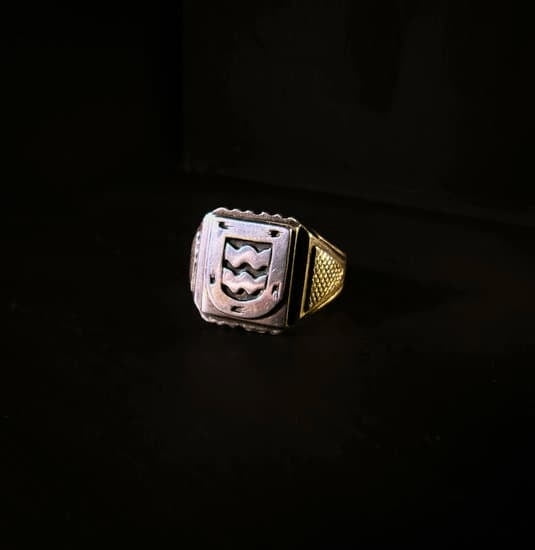Introduction
Soft soldering is the use of low melting point alloys, or metal forms with relatively low melting points, to join pieces of metal together. This method offers a lot of benefits when making jewelry because it allows connections to be made without being vulnerable to external conditions such as hot and cold temperatures. Soft soldering also makes it easy to achieve a greater level of detail in the design and allows for more ornate styles that may not be possible using other methods. In addition, soft soldering can extend the life span of your jewelry by making it more durable and allowing for minor repairs without having to replace the entire piece.
Essential Equipment and Supplies Needed for Soft Soldering Jewelry
Before you can soft solder jewelry, there are essential pieces of equipment and supplies that must be gathered to ensure a successful soldering process. Firstly, safety goggles and gloves should always be worn when working with chemicals, no matter how experienced you are. Secondly, the tools needed are either a small hand-held butane or propane torch with an adjustable flame setting (a larger blowtorch is not recommended but could work if necessary). Also, flux is required in order to prepare the metal for soldering; a brush should also be used to apply the flux. Next, choose the right type of solder that corresponds to the material being soldered and use tweezers or a pair of needle nose pliers to hold it in place while soldering. Lastly, pickle solution should always be kept on hand for post-soldering clean up. All of these items combined will allow for precision and deep layer soldering which is often seen in fine jewelery making.
Setting Up the Work Area & Important Safety Guidelines to Keep in Mind
When working with soft soldering jewelry, it is important to make sure your work space is properly set up and that you are adhering to basic safety guidelines. Before beginning the project, choose a safe space in which to work. This should be a well-ventilated area away from any open flames or sparks. Make sure you have the materials you will need for soldering before you begin, including a solder pick, soldering tweezers, flux, oxygen and acetylene tanks, torch or soldering iron, and pliers.
It is essential that you wear protective gear when soft soldering jewelry. Goggles that cover both eyes should be worn at all times to protect against fumes and particles from getting into your eyes as a result of the heat. A face mask should also be worn due to potential for inhaling toxic fumes which could damage the lungs. Additionally, thick gloves should be worn on both hands despite using tools as they provide an extra layer of protection against accidental burns or knocks on the hand caused by torches or other tools used while soldering. Lastly, make sure long-sleeved clothing is being worn as another precaution against burns.
Step-by-Step Process of Soft Soldering Jewelry
1.Gather the tools and materials you’ll need for soft soldering jewelry.Required items include a butane torch with an adjustable flame, flux, soldering pick, soldering block or board, silver solder paste, and a polishing cloth.
2.Clean the metals you will be joining thorougly with warm soapy water and a polishing cloth to ensure they are free from dirt, grease or any other residues that could prevent proper bonding.
3.Place the metals on the soldering block using blocks of charcoal to support them if necessary. If you’re using solder paste, apply this directly to steel surfaces along the joint line where you wish to join the pieces together.
4.Start heating your metals with a well-adjusted flame until you can see them glow cherry red — as soon as this happens quench it quickly in cold water to cool it down rapidly (this is important!). Once cooled, inspect your work closely to check whether any gaps remain between the two pieces of metal.
5.If there are spaces between your metals reattach them by reapplying flux gently onto exposed metal surfaces and reheating the piece slowly until it glows cherry red – then remove from heat an submerge into cool water once more!
6.To tidy up any irregularities use a wet/dry sandpaper grade 240-400 wrapped around a curved craft stick — rub away excess solder until clean lines form then wash off residual flux by reimmersion in warm soapy water or through wiping with detergent solution followed by rinsing under running tap water .
7.Finally polish expertly joined jewelry pieces for smooth surface texture with polishing cloths or buffing wheels attached to rotary tools like Dremel® before presenting it proudly!
Troubleshooting Common Problems When Soft Soldering Jewelry
Soft soldering jewelry requires preparation, practice, knowledge of materials and proper use of tools. Even experienced jewelry makers can encounter difficulties on occasion.
Common problems with soft soldering most often occur when the pieces are not sufficiently cleaned, flux is not properly used, heat is unevenly distributed or temperature is too low or too high. One solution is to reduce the size of your flame, which should be a reduced blue flame that’s 1-2 inches in length; if it’s larger than that you may be heating other sections of the work too quickly causing the solder to run away from the join. Another issue could be solder contamination. Make sure not to inadvertently blow contaminated air onto your project as you work by keeping your mouth away from the soldering area and wearing protective eye goggles; try aiming a blower near the joint prior to doing any soldering. Additionally, make sure flux isn’t dried before contact with the flame especially for soft solder silver or gold solders as these require more liquidity in order for them to flow across the joint. If all else fails it might be best to start from scratch and take time cleaning each piece prior to re-soldering them together. As with anything practice makes perfect so don’t give up after the first try!
Tips and Tricks to Get Professional Results
Soft soldering is a popular metalworking technique for creating attractive and durable jewelry. It’s a great option for beginners and experienced artisans alike to create high-quality, creative pieces of jewelry quickly and easily. Soft soldering uses a mild form of solder at low temperatures, making the process straightforward and stress-free. Here you’ll find detailed instructions on how to soft solder jewelry along with tips on getting professional results every time.
Before you begin soft soldering, make sure to gather the proper tools and materials. You’ll need the following: an alcohol lamp or torch; copper tongs; flux; borax; pickle mixture; soft solder; pickle pot; flux brush; and emery paper or steel brush if you are working on brass or silver. Ensure that your work surface is clean as dirt particles can compromise the integrity of your connections once heated.
To begin soft soldering your jewelry, first use a flux brush to apply flux to all joining surfaces of the items you wish to connect together. Apply additional borax or pickle mixed onto both surfaces as well before heating them up with an alcohol lamp or torch until they turn yellow in color. Place the two joined pieces into a container filled with pickle mixture – this will dissolve any oxides that were created by heating up the metals. It’s important to mention here that specific fluxes should be used according to each type of metal (silver, brass, etc.). So be sure to read up about what type of flux each alloy requires before beginning your work..
After removing it from the pickle mixture, use steel wire wool or emery paper to remove any remaining oxidization from the metal surfaces – this will allow for better connections when you start soldering. To add solder, position it over the area you wish to join together first with copper tongs and then heat up until it melts and flows freely around joints between parts – this insures that components are securely attached, helping prevent further oxidation once cooled off again. Once cool, use warm soapy water or steam cleaning methods to ensure nicely clean surface finishes before wearing or gifting away your creation!
Ways to Finish Your Soft Solder Jewelry and Protect it from Damage
Once the soft soldering is complete, there are a few steps you should take in order to ensure that your jewelry is properly finished and protected from future damage. First, it’s important to clean off any bits of flux or residue left behind from the soft soldering process. You can do this with a mild dish soap solution and an old toothbrush. Make sure to rinse thoroughly afterwards. Next, pickle the pieces together for 10-15 minutes to remove all traces of oxides from the joint. Once finished, be sure to rinse with warm water and dry carefully with a paper towel.
After this step, you can apply an optional liver of solder if desired. This will improve the strength of your jewelry by providing additional protection against wear and tear Even after completing these steps, however, it is important that you store your jewelry in an airtight container as exposure to air over time will cause oxidation – which can compromise its quality and durability ~ and require more frequent cleaning than normal. Finally, if possible consider using a coating like clear lacquer or wax over your soft solder joints as this helps create an extra layer of protection from scratches, tarnishes and more!
Conclusion
Going forward with soft soldering jewelry can be an enjoyable venture for experienced and novice jewelers alike. When taking on this task, it is important to remember the safety precautions that accompany working with a flame. A safe work area, proper ventilation, and protective eyewear should always be taken into account before beginning any soldering process. To ensure the best results, take the time to practice your techniques or even take a class if available in your area. Safety should always come first but once you are confident that you have prepared your space adequately and mastered the steps of soft soldering jewelry described above then you will be able to start creating beautiful jewelry pieces of all kinds!

Welcome to my jewelry blog! My name is Sarah and I am the owner of this blog.
I love making jewelry and sharing my creations with others.
So whether you’re someone who loves wearing jewelry yourself or simply enjoys learning about it, be sure to check out my blog for insightful posts on everything related to this exciting topic!





